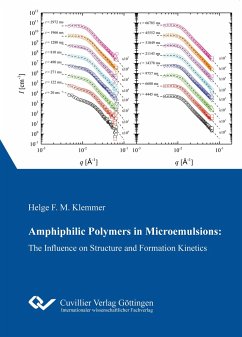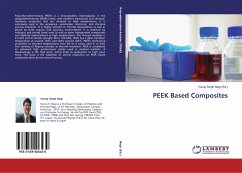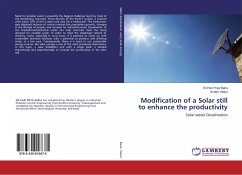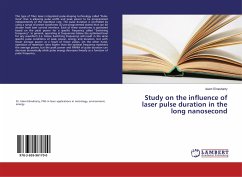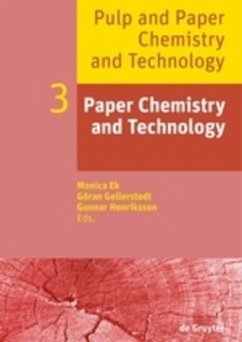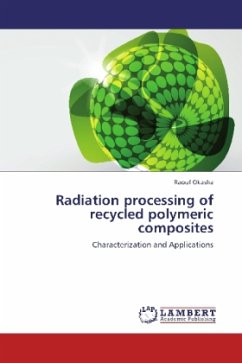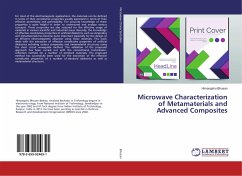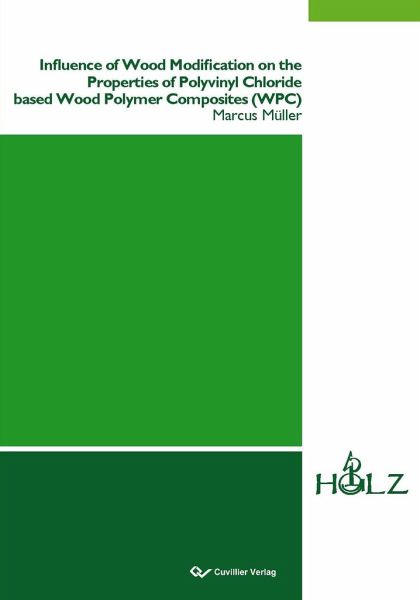
Influence of Wood Modification on the Properties of Polyvinyl Chloride based Wood Polymer Composites (WPC)

PAYBACK Punkte
0 °P sammeln!
The study investigated the influences of wood modification on the properties of Polyvinyl chloride (PVC) based Wood Polymer Composites (WPC). Various ethanolamines, L-arginine, pre-hydrolyzed and monomeric aminosilane, melamine and acetic anhydride treatment were used to improve the adhesion between wood and polymer as well as water absorption behavior and resistance to basidiomycetes. Amine based treatments were chosen to change the nature of wood from acidic to basic in order to increase the compatibility with the acidic polymer. Treated and untreated wood flour, PVC and additives were dry b...
The study investigated the influences of wood modification on the properties of Polyvinyl chloride (PVC) based Wood Polymer Composites (WPC). Various ethanolamines, L-arginine, pre-hydrolyzed and monomeric aminosilane, melamine and acetic anhydride treatment were used to improve the adhesion between wood and polymer as well as water absorption behavior and resistance to basidiomycetes. Amine based treatments were chosen to change the nature of wood from acidic to basic in order to increase the compatibility with the acidic polymer. Treated and untreated wood flour, PVC and additives were dry blended in a mixer. The dry blend was compounded to granulate by counter-rotating twin screw extrusion and compression moulded into panels using a hydraulic press. Elemental analysis (nitrogen content) via gas chromatography showed expected fixation of aminosilane and melamine treatment. The nitrogen fixation of ethanolamine and L-arginine treated material were obviously reduced, whereas the amount and reactivity of the aminogroups influenced the fixation behavior. With increasing content of amino-groups and reactivity, the fixation was improved. Fourier transform infrared (FTIR) analyses revealed interactions between monoethanolamine and cell wall components. The amine based treatments changed the nature of wood from acidic to basic. An improvement of the interphase was detected via mechanical property testing. Tensile strength, elongation at break and unnotched impact strength of the composite were obviously increased by Larginine, ethanolamine and aminosilane treatments. It has to be considered that amine based treatments (monoethanolamine in this study) led to reduced thermal stability of the composite. Thermogravimetric analysis showed a decrease of onset temperature with increasing monoethanolamine content. Water repellence of the composite was improved by melamine, pre-hydrolyzed aminosilane and acetic acid treatment. Treated and untreated composites revealed high resistance against basidiomycetes. Due to the low initial moisture content and low weight loss of untreated and treated composites, no effect of the various modifications was distinguished.





